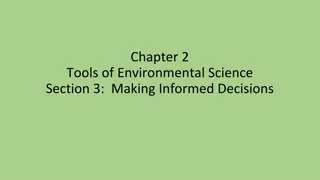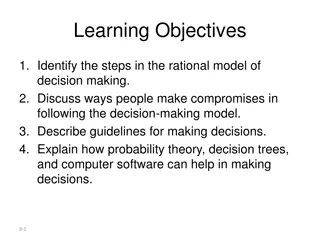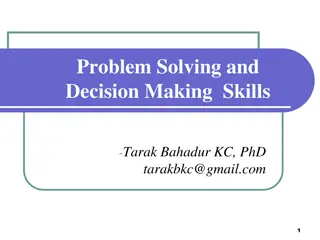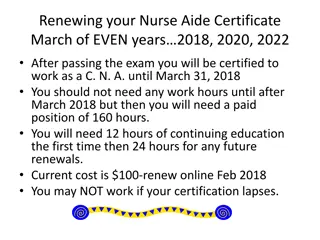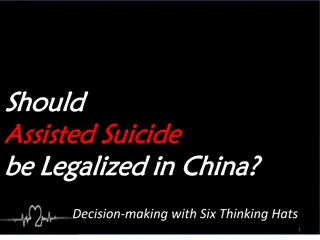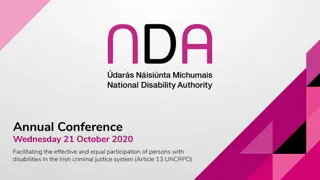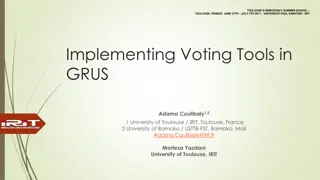Simul8: An aide to decision making
Simul8 is a predictive simulation analysis tool used for optimizing resource utilization and making evidence-based decisions. By modeling real-life variability, it helps in understanding system dynamics and evaluating scenarios efficiently. Various industries, including healthcare and automotive, rely on Simul8 for strategic planning and performance improvement.
Download Presentation

Please find below an Image/Link to download the presentation.
The content on the website is provided AS IS for your information and personal use only. It may not be sold, licensed, or shared on other websites without obtaining consent from the author.If you encounter any issues during the download, it is possible that the publisher has removed the file from their server.
You are allowed to download the files provided on this website for personal or commercial use, subject to the condition that they are used lawfully. All files are the property of their respective owners.
The content on the website is provided AS IS for your information and personal use only. It may not be sold, licensed, or shared on other websites without obtaining consent from the author.
E N D
Presentation Transcript
Simul8: An aide to decision making Chris Yates St Helens & Knowsley Teaching Hospitals NHS Trust
What is simul8? A powerful predictive simulation analysis tool that can capture the interactions and variations that are inherent within a system. Using it enables us to understand how a service and its resources work. We can add business rules that are unique to our processes.
What can simul8 do? Make sure we get the most out of the resources we have. It enables evidence based decision making. Consider how key metrics will perform in the future, based on history and any changes we intend to make to the system. Allows you to compare and evaluate proposed initiatives/solutions/scenarios without the need for live trials. Is useful for predicting the impact of a wide range of what-if scenarios.
Why use Simul8 and not excel? Simul8 models real life variability and randomness. Spreadsheets use averages Simul8 can show queues building up, or a series of activities grinding to a halt. This is an effective way of communicating scenarios to staff
Who else uses simul8? Healthcare BUPA, DoH, Johns Hospkins, Geisinger, Mount Sinai Hospital, Saint Francis Medical Centre, Northwestern Memorial Hospitals, Melbourne Health . Motor industry General Motors, Ford, Toyota, Jaguar, Rolls Royce.... Selected others Unilever, Disneyland, Tesco, Bosch, MoD, Ernst & Young, Nike, McDonalds, Barclaycard, Orange, PA Consulting Group, IBM, American Express, BP, Fujitsu .
Average time between arrivals = 5 mins Average length of time for activity = 5 mins Run for 8 hours (assume no breaks)
Stroke Target 80% of stroke patients should spend 90% of their time on a dedicated Stroke Ward Question How much do we need to reduce LOS, to ensure achievement of the target
Stroke Benchmarking analysis showed LOS was one of the best in the North West Revised question How much do we need to increase bed capacity by to ensure achievement of the target
Modelled Outputs % months achieving target Mean annual performance with 95% Confidence Intervals Utilisation of the stroke unit Outlier bed days Max number of stroke patients at any point in time
Lessons learned The service you are modelling needs to own the model The NHS collects lots of data, but not always the elements needed for modelling Manual data collection Best guess distribution (Triangular) Start small (high level) and only if needed model in more detail
Other potential uses for Simul8 AED staffing levels Maternity SAU - Bed Modelling Outpatient capacity Car parking Discharge process Any process where there is a flow of work




